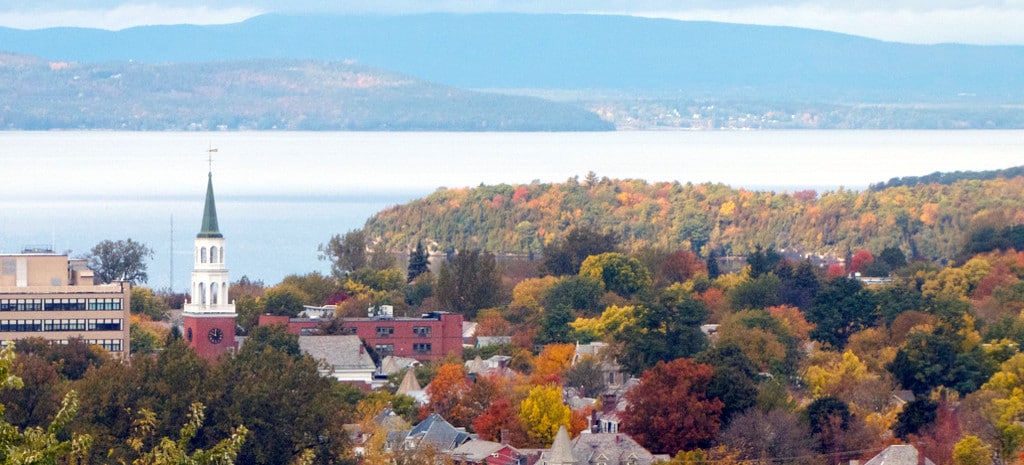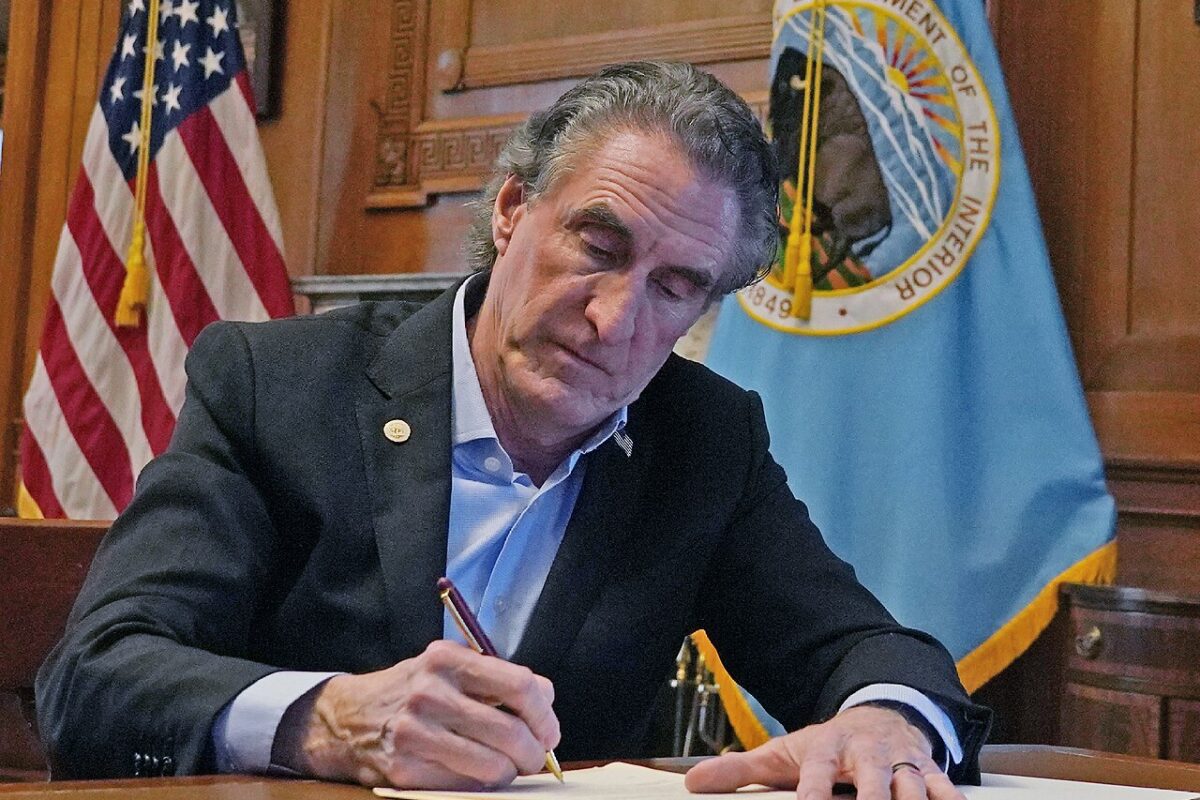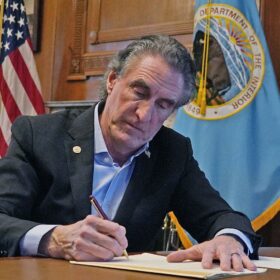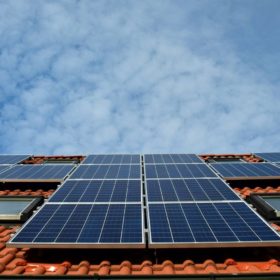A decade ago, the idea of moving to 100% renewable energy seemed to many like a pipe dream. But today three cities and towns around the United States have already moved to being fully supplied by renewable energy, and 13 more have made commitments to reach 100% renewable energy in at least one sector.
Last week, the Sierra Club issued a report that looks at communities that are planning to move or already have moved to 100% renewable energy in at least one sector, as part of its “Ready for 100” campaign. The cities and towns featured are located around the nation, although the three largest are in eco-conscious California.
Burlington, Vermont was the first city nationally to achieve 100% renewables in electricity, with its municipal utility purchasing a 7.4 MW hydropower facility at the edge of the city in 2014 – a dramatic move rom only 50% renewables in 2011. The city currently meets around half of electricity demand with hydropower, 30% with biomass from wood chips, and 20% from landfill gas, wind and solar.
At around 42,000 residents, Burlington is the largest municipality in Vermont. The state has the second-most aggressive renewable energy mandate in the United States after Hawaii, requiring that utilities procure 75% of their generation from renewable energy sources by 2032.
And while solar resources are not as strong as in California or the Southwest and the overall market is not as large as that in more populous states, Vermont has one of the highest per-capita concentrations of solar workers in the nation.
Cities pledging to go 100% renewable can be found across the nation. The report looks at Georgetown in Central Texas, a city of 55,000 residents which has pledged to go 100% renewable by 2017.
Georgetown’s municipal utility has not embraced renewables because of concerns about the climate – it did so to take advantage of low wind and solar prices. “We didn’t do this to save the world—we did this to get a competitive rate and reduce the risk for our consumers,” stated Georgetown Interim City Manager Jim Briggs.
The report also features small communities like Greensburg, Kansas, whose population dropped to only 785 after a tornado nearly destroyed the town in 2007 but which gets 100% of its electricity from wind power. Additionally, it looks at booming metropolises in California.
In particular, San Jose, San Diego and San Francisco have all made commitments to go 100% renewable, by 2022, 2030 and 2035 respectively. Together these three cities represent have over 3 million residents, and all have made commitments to renewable energy which exceed California’s 50% by 2030 mandate – itself the third-strongest in the nation (tied with New York).
Sierra Club’s launched its Ready for 100 campaign in 2016, challenging 100 cities in the United States to commit to 100% renewable energy. In mid-July the organization held a North American Renewable Cities Dialogue in San Francisco, and is also conducting a national tour of cities.
This content is protected by copyright and may not be reused. If you want to cooperate with us and would like to reuse some of our content, please contact: editors@pv-magazine.com.









By submitting this form you agree to pv magazine using your data for the purposes of publishing your comment.
Your personal data will only be disclosed or otherwise transmitted to third parties for the purposes of spam filtering or if this is necessary for technical maintenance of the website. Any other transfer to third parties will not take place unless this is justified on the basis of applicable data protection regulations or if pv magazine is legally obliged to do so.
You may revoke this consent at any time with effect for the future, in which case your personal data will be deleted immediately. Otherwise, your data will be deleted if pv magazine has processed your request or the purpose of data storage is fulfilled.
Further information on data privacy can be found in our Data Protection Policy.